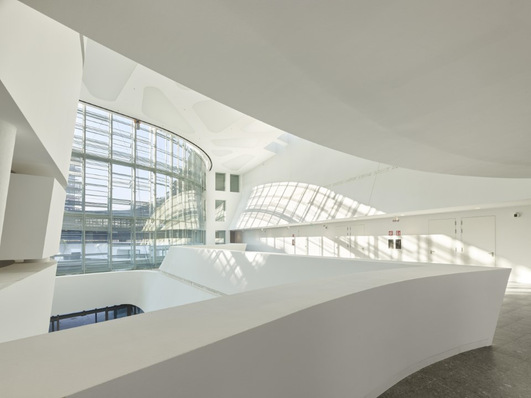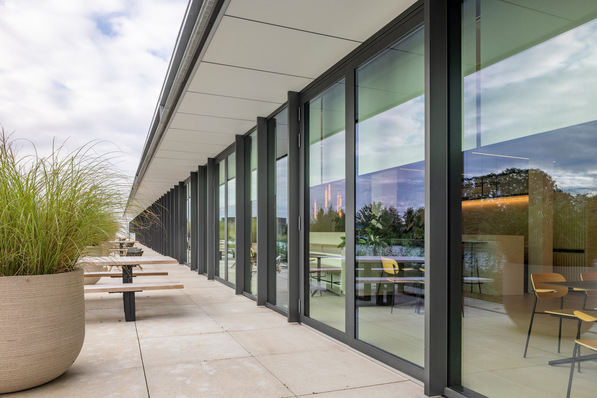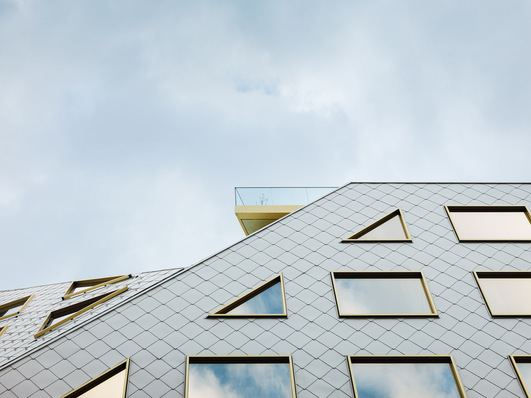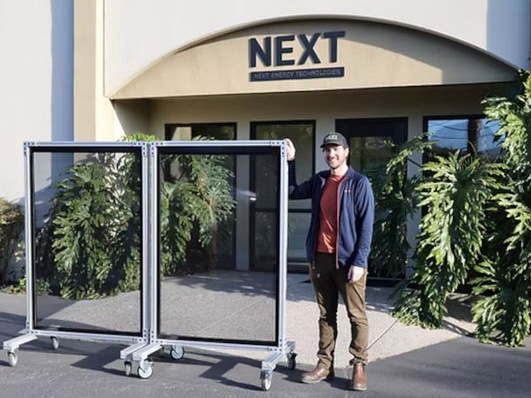The Pema 2 building combines the city library, hospitality and private housing. With its 173 student and business flats, Pema 2, built by Innsbruck architects LAAC, offers both residential and public space. On the ground floor, the new Innsbruck City Library is housed in an area of around 4,000 square metres.
See also: 4000 m2 Solarlux solar control glass for Viennese residential towers
In addition, between the 50-metre-high residential tower and the base area, a cultural platform was created that is freely accessible to the public and can be used for various purposes.
Special facade structure meets numerous criteria
The central location of Pema 2 placed special demands on the glass. "In addition to efficient sound insulation, these were primarily the issues of thermal insulation as well as sun shading," recalls Michael Zippusch, Managing Director of Isolar Austria. "The triple insulating glass Isolar Solarlux with a heat transfer coefficient of 0.6 meets these requirements perfectly," he explains. In Pema 2, he adds, a total of about 2,000 square metres of glass were installed in the skeletal mullion-and-transom facade and about 2,500 square metres as window and door elements: "That's a total of about 900 windows and doors," Zippusch states.
In addition, 4,700 square metres of enamel glass were processed into parapet panels: "Which corresponds to over 5,000 individual elements". The glass ensures that not too much heat reaches the inside of the building, but that it is still illuminated by sufficient daylight. "In addition, the facade reflects the surrounding mountain panorama, depending on the angle of view," says Zippusch.
Making good use of limited space
"Efficient high-rise buildings that can be used multifunctionally are the building and living concept of the future," says Zippusch. Such buildings are important to counteract land consumption and to offer living space to as many people as possible.
Also interesting: A MAN van with caterpillar drive for operating in tough terrain
"For cities like Innsbruck in particular, the lack of building land makes thinking in terms of vertical structures unavoidable," Zippusch continues.













